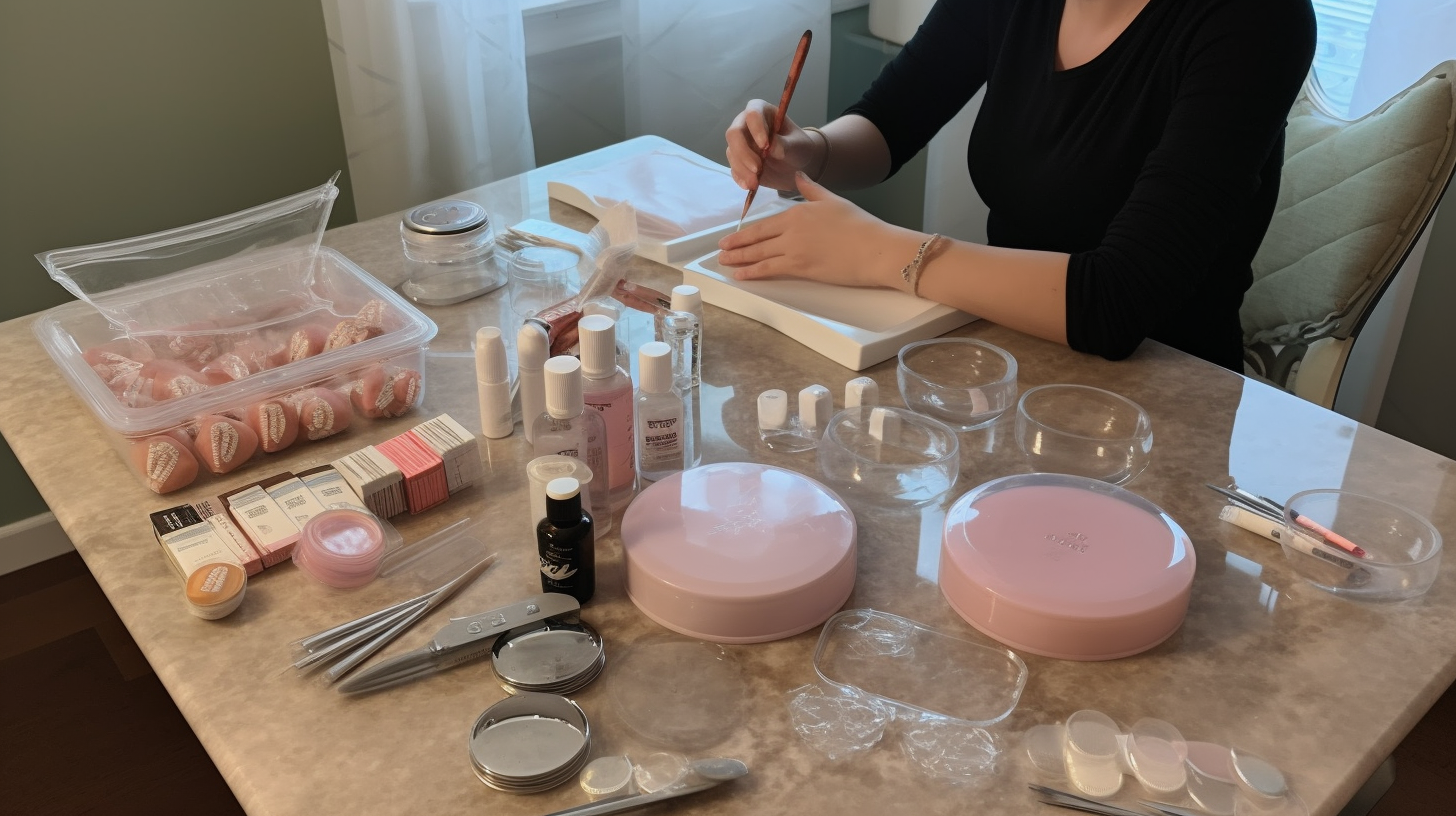How to Effectively Treat Nail Fungus: A Comprehensive Guide
Welcome to our comprehensive guide on how to effectively treat nail fungus! Nail fungus, also known as onychomycosis, is a common condition that affects many individuals. It can cause discomfort, embarrassment, and even pain if left untreated. But don’t worry – in this guide, we will provide you with all the information you need to understand nail fungus and its treatment options.
Understanding Nail Fungus: Causes and Symptoms
Before we dive into the treatments, let’s first understand what nail fungus is and how it develops. Nail fungus is a fungal infection that occurs when fungi invade the nails and surrounding tissues. This can happen due to various reasons such as:
- Prolonged exposure to damp environments
- Poor foot hygiene
- Wearing tight or ill-fitting shoes
- Weakened immune system
- Injury to the nail
The most common symptoms of nail fungus include:
- Thickened nails
- Yellow or brown discoloration
- Fragile or brittle nails
- Distorted shape
- A foul odor
If you notice any of these symptoms, it’s important to take action promptly to prevent further spread and complications. Now, let’s explore various treatment options available for effectively treating nail fungus.
Treating Nail Fungus: Prevention is Key!
Prevention is always better than cure when it comes to nail fungus. By adopting good foot hygiene practices, you can reduce your risk of developing this pesky infection in the first place. Here are some preventive measures you can take:
- Keep your feet clean and dry, especially after swimming or sweating.
- Trim your nails regularly and ensure they are cut straight across.
- Avoid sharing personal items like nail clippers or shoes with others.
- Choose breathable footwear made of natural materials.
- Wear moisture-wicking socks to keep your feet dry.
By incorporating these simple habits into your daily routine, you can significantly reduce the chances of developing nail fungus. However, if you already have a fungal infection, don’t worry – there are effective treatment options available to help you get rid of it.
Home Remedies for Nail Fungus
If you prefer natural remedies or want to try some at-home treatments before seeking professional help, here are a few options:
- Vinegar Soaks: Vinegar has antifungal properties that can help kill the fungus. Mix equal parts of vinegar and warm water in a basin and soak your affected nails for 15-20 minutes daily. Pat dry thoroughly afterward.
- Tea Tree Oil: Tea tree oil is another natural antifungal agent. Apply a few drops of tea tree oil directly to the affected nails using a cotton swab twice daily. Leave it on for about 10 minutes before rinsing off.
- Ginger: Ginger has antimicrobial properties that may help fight nail fungus. Crush fresh ginger and apply the juice to the affected area twice daily. Let it sit for 30 minutes before rinsing off with water.
- Baking Soda Paste: Create a paste by mixing baking soda with water, and apply it to the affected nails. Leave it on for 10-15 minutes before rinsing off. Repeat this process daily until the fungus clears up.
While these home remedies may show some effectiveness, it’s important to note that they might not work for everyone or in severe cases of nail fungus. If you don’t see any improvement after a few weeks or if your condition worsens, it’s recommended to consult a healthcare professional for further evaluation and treatment.
Medical Treatments for Nail Fungus
If home remedies don’t provide the desired results, there are several medical treatments available that can effectively treat nail fungus:
- Over-the-Counter Antifungal Medications: There are numerous antifungal creams, ointments, and nail lacquers available over-the-counter. These products contain active ingredients like clotrimazole or miconazole that can help kill the fungus and promote healthy nail growth. Follow the instructions on the packaging for best results.
- Prescription Medications: In severe cases or when over-the-counter treatments fail, a healthcare professional may prescribe oral antifungal medications. These medications work from within to eliminate the infection. It’s important to follow your doctor’s instructions carefully and be aware of potential side effects.
- Laser Treatment: Laser therapy is a relatively new treatment option that shows promising results in treating nail fungus. It involves using laser light to penetrate the affected nails and destroy the fungus without damaging the surrounding tissues. Multiple sessions may be required for optimal results.
When considering medical treatments, it’s crucial to consult a healthcare professional who can assess your condition and recommend the most suitable treatment option for you. They will take into account the severity of the infection, your overall health, and any other factors that may influence the treatment outcome.
Final Thoughts
Nail fungus can be a persistent and frustrating condition, but with the right approach and treatment, it can be effectively managed. Remember, prevention is key – maintaining good foot hygiene and taking preventive measures can significantly reduce your risk of developing nail fungus.
If you do find yourself dealing with nail fungus, don’t hesitate to try home remedies. However, if your symptoms persist or worsen, it’s essential to seek professional advice. A healthcare professional can guide you towards the most appropriate treatment options based on your individual circumstances.
We hope this comprehensive guide has provided you with valuable insights and practical solutions for treating nail fungus. Remember, patience and consistency are crucial in overcoming this condition. Stay positive, follow the recommended treatments, and soon you’ll be on your way to healthy nails once again!




